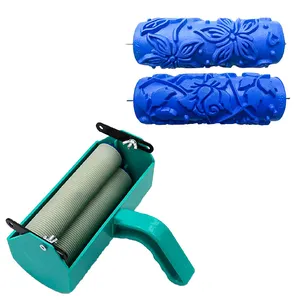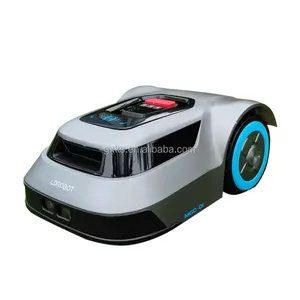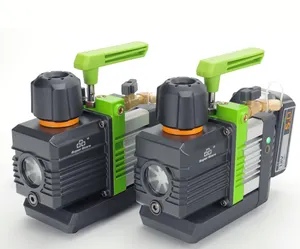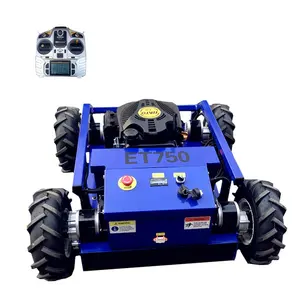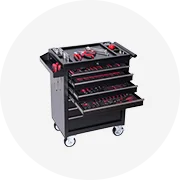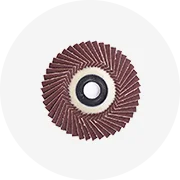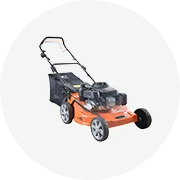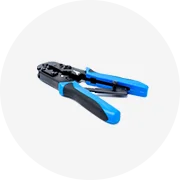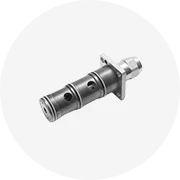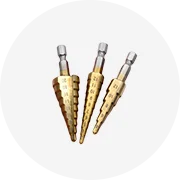Beliebt in Ihrer Branche


























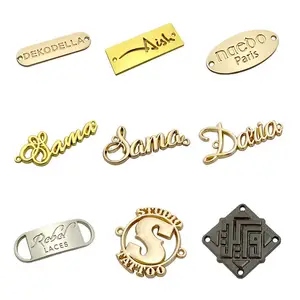






































Top-Kategorien
Über diy stoff knopf
Rüsten Sie Haushalts- oder Industriewerkzeuge mit hochwertigen und robusten diy stoff knopf aus, die für verschiedene DIY- und professionelle Schneidprojekte geeignet sind. Diese diy stoff knopf auf Alibaba.com bestehen aus strapazierfähigen und hochwertigen Materialien und verfügen über ein überlegenes Klingen- und Griffdesign, das auf Komfort ausgelegt ist. Wählen Sie Messer mit fingerfreundlichen Griffen, tiefen Kerben und rutschfesten Griffen, die ein Durchrutschen beim Durchschneiden sehr zäher Materialien verhindern.
Diese umfangreiche diy stoff knopf Kollektion verfügt über einen Kunststoff- oder Metallkörper und eine leicht zu wechselnde Klinge Designs, die mit einem schnellen Fingerauslöser oder einer Rändelschraube geändert werden können. Entdecken Sie hochpräzise und starke Messer mit festen, harten und scharfen Klingen, die als Bimetall, Hartmetall, nicht wärmebehandelt und induktionsgehärtet erhältlich sind. Wählen Sie Universalmesser mit starken Klingen, die in Form von Haken, Wellen, gezackten Kanten, spitzen Spitzen, abbrechbaren und abgerundeten Spitzen erhältlich sind.
Kaufen Sie bei Alibaba.com die beste Qualität diy stoff knopf Entwickelt, um scharf, tragbar und unter verschiedenen Bedingungen leicht zu manövrieren. Hier finden Sie hochwertige Universalmesser mit zusätzlichen ausgefeilten Funktionen wie einem Abisolierzangen für elektrische Arbeiten, einem eingebauten Fadenschneider, einem Darmhaken und Spezialklingen zum Schneiden verschiedener Materialien. Erwägen Sie leistungsstarke und sichere Messer mit anpassbaren Griffen und Klingen, Achsschlössern für eine sicherere Aufbewahrung, Lanyard-Löchern und Gürtelclips.
Ob für den Einsatz in Fabriken, auf Baustellen, in Haushalten, oder Lager, kaufen Sie bei Alibaba.com taschenfreundlich diy stoff knopf und entdecken Sie hochwertige und langlebige Produkte. Diese Messer sind langlebig und erschwinglich und erfordern nur minimale bis keine Wartung. Vergleichen Sie Lieferanten und Händler mit letztendlich ausgewählten Produkten, die genau den Preisanforderungen entsprechen.


